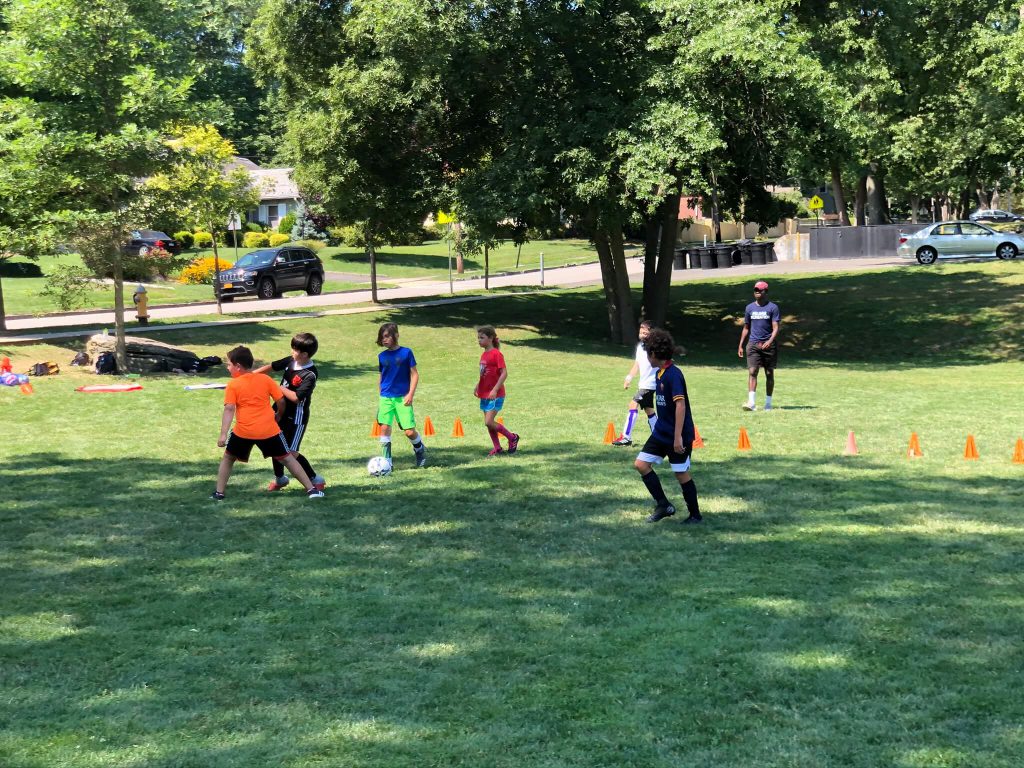Play Develops Players

“Soccer is played with operational memory and that’s trained through the game. Through the game, one improves or worsens. Each game situation demands perception. identification, decision, and execution.” Juan Carlos Osorio former New York Red Bulls, Manager.
Drill versus Activity
Players in pairs passing the ball back and forth were my favorite training. I was convinced that improving the passing and receiving skill were the building blocks.
I learned from a coaching colleague that repetition was the mother of learning. This may be true but without incorporating the demands of the game, they were just learning a technique.
That technique needed to be applied.
My players were comfortable in the unopposed training environment, however, when in a game, they were like a ‘deer in the headlights.’ Often times, they would just boot the ball.
Game Day
How do you train your team and coach your games? Are you a guide on the side or a sage on the stage? Youth coaching is often command style, where you the coach who is on the sidelines, tells your players the what, the when, the how, and the where during play.
Do you allow your player to perceive the situation, identify the problem, make a decision, and execute an action at training and during games?
The Best Teacher – A Game
The best option for your players to improve is through the playing of small-sided games (SSG). Given no situation is exactly as the previous, SSG provides numerous similar moments of play. When players experience countless repetitions in a game setting, this leads to learning.
Cone Knock-Down Challenge
Format: 4 versus 4 to 7 versus 7
Layout: 35 by 25 yards. Place 7 to 10 cones at opposite ends
Game: Team in possession of the ball tries to knock down the opposition’s cones and add to their line. The team with the most cones wins.
Condition: A player with a cone in hand can be tagged. If tagged, he/she has to return the cone.
Variations: a) Play with 2 balls; b) Can only knockdown cone from 1 one-touch, c) Can only knockdown from behind cones; d)

Economical Training
A small-sided game has all the demands of a game – perception, identification, decision making, and execution. The game benefits both the player and the coach.
- By manipulating the size of the playing area you can increase the number of times a similar situation can occur.
- The more a similar situation occurs the more repetitions, the greater learning
- The game is more manageable for players, thereby players are in control
- The coach can observe and gather more information on what improves or makes a player worse.
Given no situation is identical your players need to experience countless repetitions in training so they can improve their abilities. During small-sided games, your players gain this invaluable experience.
How do you improve perception, decision making and execution of your players? I would like to hear what methods you use.
Leave A Comment